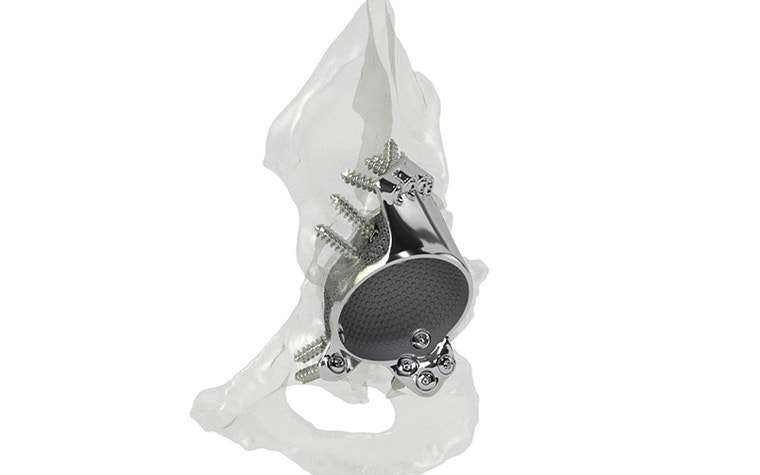COMPANY HIGHLIGHTS
Benefits of 3D-Printed Implants
January 16, 2018
On January 16, 2018, KCE, the Belgian healthcare knowledge center, issued a press release on 3D-printed implants, which raises relevant questions for our industry. This release is the result of research conducted by their knowledge center over the previous year, for which Materialise was consulted. The conclusions can be summarized as follows:
- It is important that 3D-printed medical devices are manufactured with all the necessary safety precautions. These guidelines will even have to be strengthened over the next few years
- Implants manufactured with 3D printing technology are not fundamentally different from traditional medical implants. As such, there is no reason to believe that 3D-printed implants are better than corresponding traditional implants, just because they are 3D printed. If no significant added value can be proven, there is no reason to reimburse them at a higher threshold
- The added value of 3D printing lies in the customization of implants, which allows for the treatment of less frequent diseases. Therefore, the knowledge center also pleads for more centralization for the treatment of these diseases in a limited number of hospitals in Belgium, enabling the creation of competence centers
Each of these conclusions confirms the approach that Materialise has been following for over two decades now. All medical devices we produce meet stringent safety certification standards, in Europe, the US, Japan, and other countries. Moreover, the regulations for devices made with aadditive mmanufacturing are sometimes more stringent than for standard devices. The fact that aadditive manufacturing is mostly used for personalized implants adds increased complexity for certification, as not just a single device needs to be certified, but the entire process. Hospitals or some smaller medical device manufacturers, will not always be capable of mastering this complexity.
Materialise has delivered evidence of both the clinical and economic benefits of the use of its aMace hip implants compared to the best current alternative –— milled titanium three-flange implants — and is proud to have obtained reimbursement from the Belgian social security organization, RIZIV. This has been possible thanks to collaboration and support from a number of hospitals. As the amount of patients that require a complex hip implant (Paprosky type 3B classified) is very low (less than ten in one million patients according to the definition), we consider this a unique accomplishment in our sector. The low failure rate of those implants makes them even more economically interesting for the Belgian social security system. We acknowledge that for multiple types of 3D-printed implants, the evidence gathered so far is not yet complete, and more work needs to be done.


At Materialise we remain committed to delivering positive proof that 3D-printed implants are helping a large amount of patients that could not be helped before. We help them in a secure, quality-controlled environment, with meaningful applications that create value for the patient and healthcare systems around the world.
L-102923-01
Share on: